Home>Garden Essentials>How To Plant A Tangerine Seed
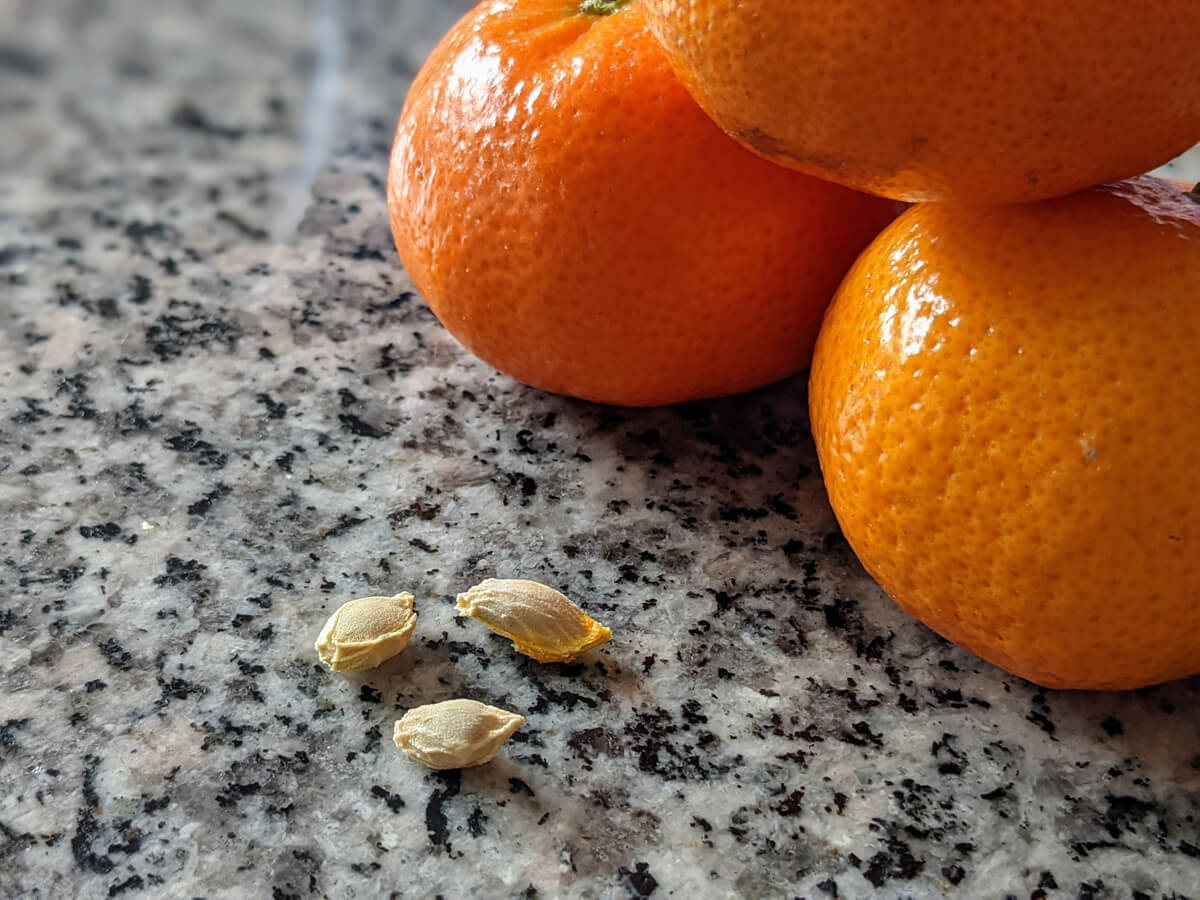

Garden Essentials
How To Plant A Tangerine Seed
Modified: March 15, 2024
Learn how to plant a tangerine seed in your garden and enjoy the fruits of your labor with this step-by-step guide.
(Many of the links in this article redirect to a specific reviewed product. Your purchase of these products through affiliate links helps to generate commission for Storables.com, at no extra cost. Learn more)
Introduction
Welcome to the wonderful world of gardening! If you love the idea of growing your own fruit and reaping the delicious rewards, then planting a tangerine seed is a great place to start. Tangerine trees not only provide a beautiful addition to your garden, but they also offer sweet and tangy citrus fruits that are packed with flavor and nutrients.
In this article, we will guide you through the process of planting a tangerine seed, from choosing the right seed to harvesting your juicy tangerines. Whether you’re a gardening novice or have a green thumb, this comprehensive guide will provide you with the knowledge and tips you need to successfully grow your very own tangerine tree.
Before we dive in, it’s important to note that growing a tangerine tree from a seed requires patience and dedication. It is a long-term project that may take several years before you start enjoying a bountiful harvest. However, the sense of satisfaction and the taste of homegrown tangerines make it all worthwhile.
So, let’s roll up our sleeves, grab our gardening tools, and embark on this exciting journey of planting a tangerine seed!
Key Takeaways:
- Planting a tangerine seed requires patience and dedication, but the sweet and tangy fruits make it worthwhile. Choose the right seed, prepare the soil, and provide proper care for a bountiful harvest.
- Tangerine trees need sunlight, well-draining soil, and regular care to thrive. Recognize growth milestones, troubleshoot common issues, and enjoy the delicious fruits of your labor.
Read more: How To Plant Tangerine Seeds
Choosing a Tangerine Seed
When it comes to selecting a tangerine seed, you have a few options. You can choose to purchase seeds from a reliable nursery or garden center, or you can collect seeds from a ripe tangerine fruit.
If you decide to collect seeds from a tangerine fruit, look for a mature, fully ripe tangerine. Gently cut the fruit open and extract the seeds. Keep in mind that tangerine seeds do not always produce trees with the same characteristics as the parent plant. They may produce a variety of tangerine tree types, each with its own unique traits.
Alternatively, if you prefer a more predictable outcome, purchasing seeds from a nursery is a better option. Look for seeds that are labeled as ‘tangerine’ or a specific tangerine variety that you prefer, such as Clementine or Satsuma. This ensures that you’re planting seeds that are more likely to grow into trees with the desired characteristics.
Keep in mind that tangerine trees usually do not grow true to type from seeds, meaning the new tree may have slightly different fruit characteristics compared to the parent tree. For a more consistent outcome, consider grafting a tangerine cutting onto a rootstock of a reliable tangerine variety. This way, you’ll have better control over the characteristics of the tree and the fruits it produces.
Once you have your tangerine seeds, it’s time to prepare the soil for planting.
Preparing the Soil
Creating the right conditions for your tangerine seed to thrive is crucial for its growth and development. Here are some essential steps to prepare the soil:
1. Choose a sunny location: Tangerine trees require at least 6-8 hours of direct sunlight daily, so select a spot in your garden that receives ample sunshine throughout the day.
2. Test the soil: It’s important to assess the soil’s pH level before planting. Tangerine trees prefer slightly acidic to neutral soil, with a pH range of 6.0-7.5. You can get a soil testing kit from a local garden center or use an at-home soil pH tester to determine the pH level.
3. Amend the soil: If the soil pH is too high (alkaline), you can lower it by adding sulfur or peat moss. If the pH is too low (acidic), you can raise it by adding lime or wood ash. Follow the instructions on the product packaging for proper application rates and methods.
4. Improve drainage: Tangerine trees thrive in well-draining soil to prevent waterlogged roots. If your soil has poor drainage, you can amend it by incorporating organic matter such as compost or rotted leaves into the soil. This will improve soil structure and allow excess water to drain away.
5. Remove weeds and debris: Clear the planting area of any weeds, grass, or debris that may compete with the tangerine seed for nutrients, water, and sunlight. This will give your seed a better chance to establish itself without unnecessary competition.
Once you have prepared the soil, it’s time to plant your tangerine seed.
Planting the Tangerine Seed
Now that you have your tangerine seed and prepared the soil, it’s time to plant it and watch it grow into a beautiful tree. Follow these steps to ensure successful planting:
1. Dig a hole: Dig a hole in the prepared soil that is slightly larger than the size of the seed. The hole should be deep enough to accommodate the seed and allow for proper root growth.
2. Place the seed: Gently place the tangerine seed into the hole, making sure it is positioned with the pointed end facing downwards. The pointed end is where the root will emerge, so it’s important to plant it in the correct orientation.
3. Cover the seed: Carefully cover the seed with soil, ensuring that it is evenly and firmly packed around the seed. Be mindful not to bury the seed too deeply, as this may impede its growth. The top of the seed should be level with the soil surface.
4. Water the seed: Give the newly planted seed a generous amount of water to settle the soil and provide moisture for germination. Be cautious not to overwater, as this can lead to waterlogging and root rot. Maintain moist, but not waterlogged, soil throughout the germination process.
5. Protect from the elements: Consider placing a protective covering, such as a small dome or plastic wrap, over the planted seed to create a mini greenhouse effect. This helps to maintain a warm and humid environment, which promotes germination.
6. Monitor and wait: Keep an eye on the planted seed and provide regular care. It may take several weeks for the seed to germinate, so be patient. During this period, ensure that the soil remains consistently moist and protect the seedling from extreme weather conditions.
As the tangerine seed germinates and sprouts, it’s essential to provide the proper care to encourage healthy growth. We will cover these care instructions in the next section.
Providing Proper Care
Once your tangerine seed has germinated and emerged from the soil, it’s important to provide it with the proper care to ensure its healthy growth. Here are some essential care tips to follow:
1. Watering: Tangerine trees require regular watering, especially during the initial stages of growth. Water deeply at the base of the tree, keeping the soil evenly moist but not waterlogged. Adjust the frequency of watering based on the weather conditions and the moisture level of the soil.
2. Fertilizing: Feed your tangerine tree with a balanced citrus fertilizer to provide it with the necessary nutrients for healthy growth. Follow the fertilizer package instructions for the appropriate dosage and frequency of application. Apply the fertilizer around the base of the tree, avoiding direct contact with the trunk.
3. Mulching: Apply a layer of organic mulch, such as wood chips or bark, around the base of the tree. Mulch helps to conserve moisture, suppress weeds, and regulate soil temperature. Ensure the mulch is spread evenly and kept a few inches away from the trunk to prevent rot and pest issues.
4. Pruning: As your tangerine tree grows, it’s important to prune it to maintain its shape, remove dead or diseased branches, and improve air circulation. Pruning should be done during the dormant season, typically in late winter or early spring, before new growth begins. Follow proper pruning techniques to avoid damaging the tree.
5. Pest and disease control: Keep an eye out for common pests such as aphids, scale insects, and citrus leaf miners. Regularly inspect the leaves and branches for any signs of infestation or disease. If necessary, treat the affected areas with appropriate horticultural oils or insecticides, following the product instructions carefully.
6. Cold protection: Tangerine trees are susceptible to frost damage in colder climates. If you live in an area with freezing temperatures, consider covering the tree or providing additional insulation during the winter months. Use frost blankets or construct a temporary shelter to protect the tree from frost and cold winds.
By providing proper care and attention, your tangerine tree will flourish and continue to grow. Keep an eye on its progress and be patient, as it may take a few years before it starts bearing fruit.
After removing the seed from the tangerine, plant it in a pot with well-draining soil. Keep the soil consistently moist and place the pot in a sunny spot. It may take a few weeks for the seed to germinate.
Read more: How To Grow A Tangerine Tree From Seed
Recognizing Growth Milestones
As your tangerine tree continues to grow, it will go through various milestones and stages of development. Recognizing these milestones will help you understand the progress of your tree and ensure that it is on the right track. Here are some key growth milestones to look out for:
1. Germination: The first milestone is when the tangerine seed germinates and sprouts, pushing its way through the soil surface. This usually occurs within a few weeks after planting the seed.
2. Seedling growth: After germination, the seedling will start to develop its first set of true leaves. This is an indication that the seedling is establishing its root system and beginning to grow in height.
3. Branch development: As the tangerine tree continues to grow, it will start to develop branches. These branches will gradually extend and spread out, creating a fuller and more robust canopy.
4. Flowering: One of the most exciting milestones is when your tangerine tree begins to produce flowers. These vibrant, fragrant blooms are a sign that your tree is maturing and preparing to bear fruit. Be patient, as it may take a few years for the tree to reach this stage.
5. Fruit formation: After successful pollination, the flowers will start to develop into tangerine fruits. Initially, the tiny green fruits will appear, and over time, they will grow larger and start to change color, indicating their ripening stage.
6. Fruit maturity: The final milestone is when the tangerine fruits reach their full maturity. This can be determined by their size, color, and taste. When the fruits are fully ripe, they will be sweet, juicy, and ready to be harvested.
By recognizing these growth milestones, you can track the progress of your tangerine tree and anticipate the delicious fruits that await you. Remember to provide the necessary care and be patient, as it may take several years for your tree to reach its full potential.
Troubleshooting Common Issues
While growing a tangerine tree can be a rewarding experience, it’s not without its challenges. Here are some common issues you may encounter and how to troubleshoot them:
1. Pest infestation: Tangerine trees are susceptible to various pests, such as aphids, scale insects, and citrus leaf miners. Regularly inspect your tree for signs of infestation, such as distorted leaves, sticky residue, or discolored spots. Use horticultural oils or insecticides labeled for citrus trees to control the pests. Follow the product instructions carefully and consider applying natural pest control methods as a preventive measure.
2. Disease problems: Tangerine trees can be affected by diseases, including fungal infections like citrus canker, root rot, and citrus greening disease. To prevent diseases, ensure proper drainage, avoid overwatering, and maintain a clean and well-ventilated environment around the tree. Prune and dispose of any infected branches, and consider using disease-resistant varieties. Consult with a local extension office or nursery for specific advice on managing diseases in your area.
3. Nutrient deficiencies: Tangerine trees may suffer from nutrient deficiencies, which can manifest as yellowing leaves, stunted growth, or poor fruit development. Conduct a soil test to identify any deficiencies and adjust your fertilization program accordingly. Use a balanced citrus fertilizer that contains the necessary macro and micronutrients, following the package instructions for application rates and timing.
4. Improper watering: Overwatering or underwatering can negatively impact the health of your tangerine tree. Both scenarios can lead to root problems, leaf drop, and poor fruit production. Ensure that the soil is evenly moist, but not waterlogged. Use mulch to conserve moisture and monitor the moisture level regularly. Adjust your watering schedule based on the weather conditions and the needs of your tree.
5. Cold damage: Tangerine trees are susceptible to frost damage in colder climates. Protect your tree from freezing temperatures by covering it with a frost blanket or constructing a temporary shelter during the winter months. Consider planting your tree in a sheltered location or using techniques like microclimate adjustments to mitigate the risk of cold damage.
Remember, proactive care and regular maintenance can help prevent many issues. Regularly inspect your tangerine tree, provide proper care, and address any problems promptly to ensure the health and productivity of your tree.
Harvesting and Enjoying Tangerines
After years of care and patience, the time will finally arrive when you can harvest the sweet and juicy tangerines from your tree. Here’s what you need to know about harvesting and enjoying your homegrown tangerines:
1. Timing: Tangerines are best harvested when they are fully ripe and have developed their characteristic color. The exact timing will depend on the variety you are growing, but as a general guideline, tangerines are usually ready for harvest in late fall or early winter. They should be easily detached from the tree with a gentle twist or cut from the stem.
2. Harvesting technique: To harvest tangerines, hold the fruit in one hand and gently twist it until it separates from the stem. Alternatively, you can use pruning shears or a sharp knife to cut the fruit from the branch. Be careful not to damage the tree or nearby branches while harvesting.
3. Storage: Tangerines are best enjoyed fresh, but if you have a surplus, they can be stored for a short period. Store tangerines in a cool, well-ventilated area away from direct sunlight. They can last for about 1-2 weeks at room temperature or up to a month in a refrigerator. Keep in mind that tangerines are juicier when consumed fresh.
4. Culinary uses: Tangerines are not only delicious on their own, but they can also be used in a variety of culinary creations. Juice them to make refreshing beverages or add their zest and juice to baked goods, salads, marinades, or sauces. The bright, citrusy flavor of tangerines can enhance both sweet and savory dishes.
5. Sharing with others: Harvesting an abundance of tangerines can be a joyous occasion. Share your homegrown bounty with friends, family, neighbors, or even local food banks. It’s a wonderful way to spread the taste of your hard work and bring joy to others.
Remember, tangerine trees may continue to produce fruits for many years, so enjoy the bountiful harvests and savor the flavor of your homegrown tangerines. The journey from seed to harvest is a rewarding one, and the taste of your very own tangerines will be incredibly satisfying.
Conclusion
Congratulations on embarking on the wonderful journey of planting and growing your own tangerine tree! By following the steps outlined in this guide, from choosing the right tangerine seed to harvesting the juicy fruits, you have gained the knowledge and skills needed for successful tangerine cultivation.
Throughout the process, remember to be patient and give your tangerine tree the care it deserves. From preparing the soil to providing proper watering, fertilizing, and protection, every step is important in nurturing a healthy and productive tree.
As your tangerine tree grows and develops, you will witness its various milestones, such as germination, flowering, and fruit formation. These milestones are a testament to your dedication and efforts.
While challenges may arise, from pest infestations to nutrient deficiencies, remember that troubleshooting common issues and proactive care will help your tree overcome these obstacles and thrive.
And finally, the day will come when you can proudly harvest the sweet and juicy tangerines from your tree. Whether enjoyed fresh, used in recipes, or shared with others, the taste of your homegrown tangerines will be incredibly rewarding.
So, go ahead and plant that tangerine seed, nurture it with care, and watch as it transforms into a magnificent tree that not only beautifies your garden but also provides you with the delicious fruits of your labor. Happy gardening and may your tangerine tree flourish for years to come!
Frequently Asked Questions about How To Plant A Tangerine Seed
Was this page helpful?
At Storables.com, we guarantee accurate and reliable information. Our content, validated by Expert Board Contributors, is crafted following stringent Editorial Policies. We're committed to providing you with well-researched, expert-backed insights for all your informational needs.
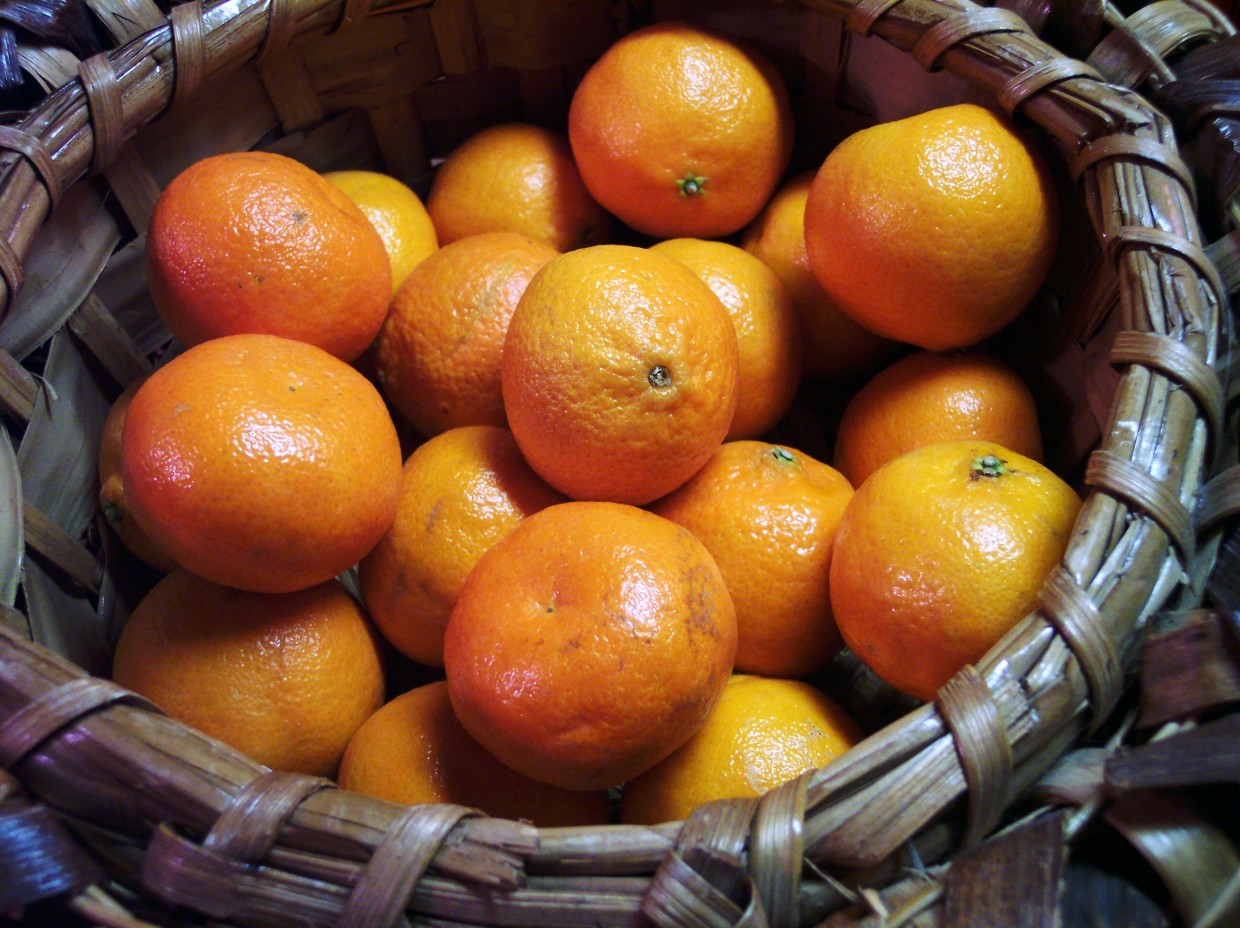


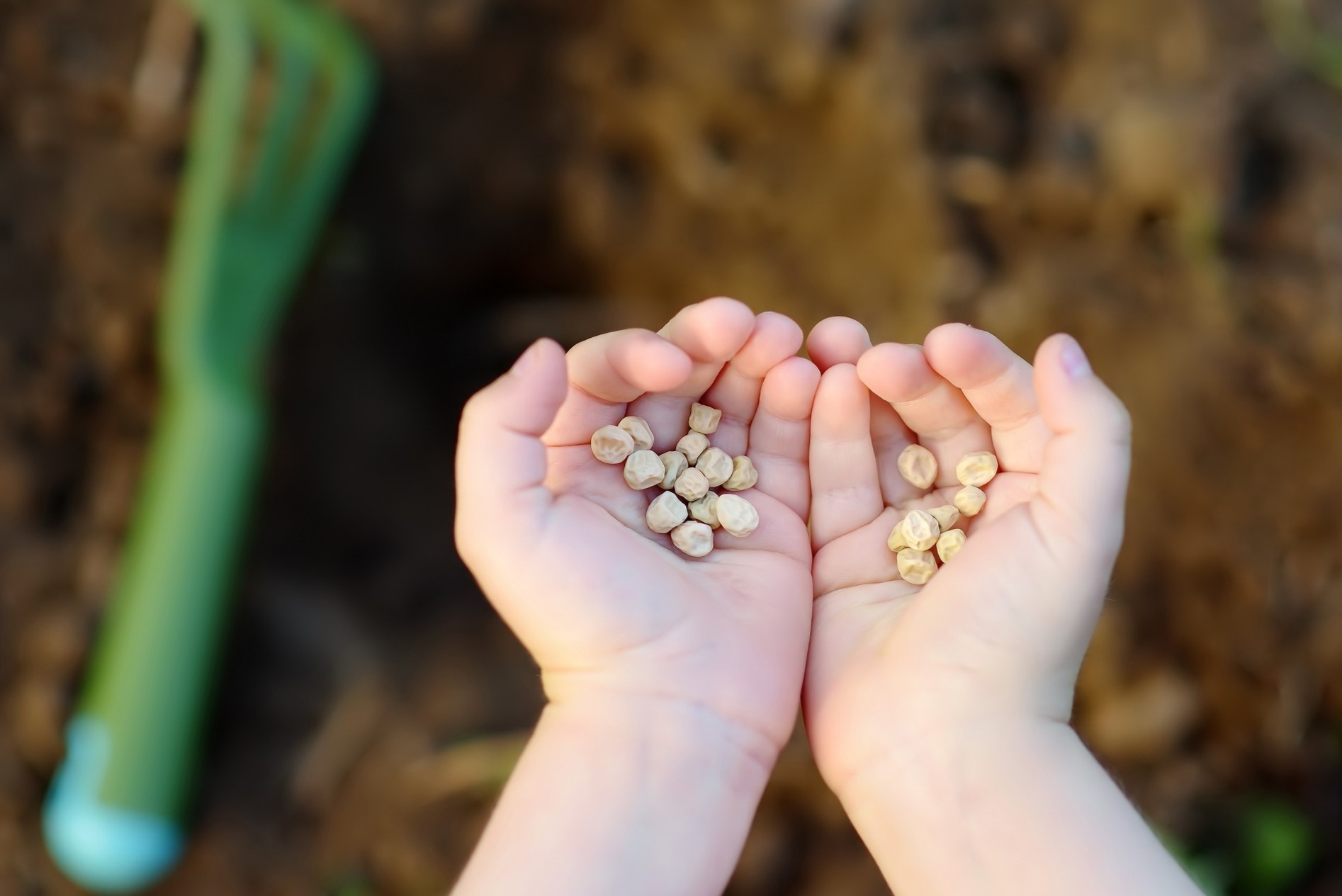
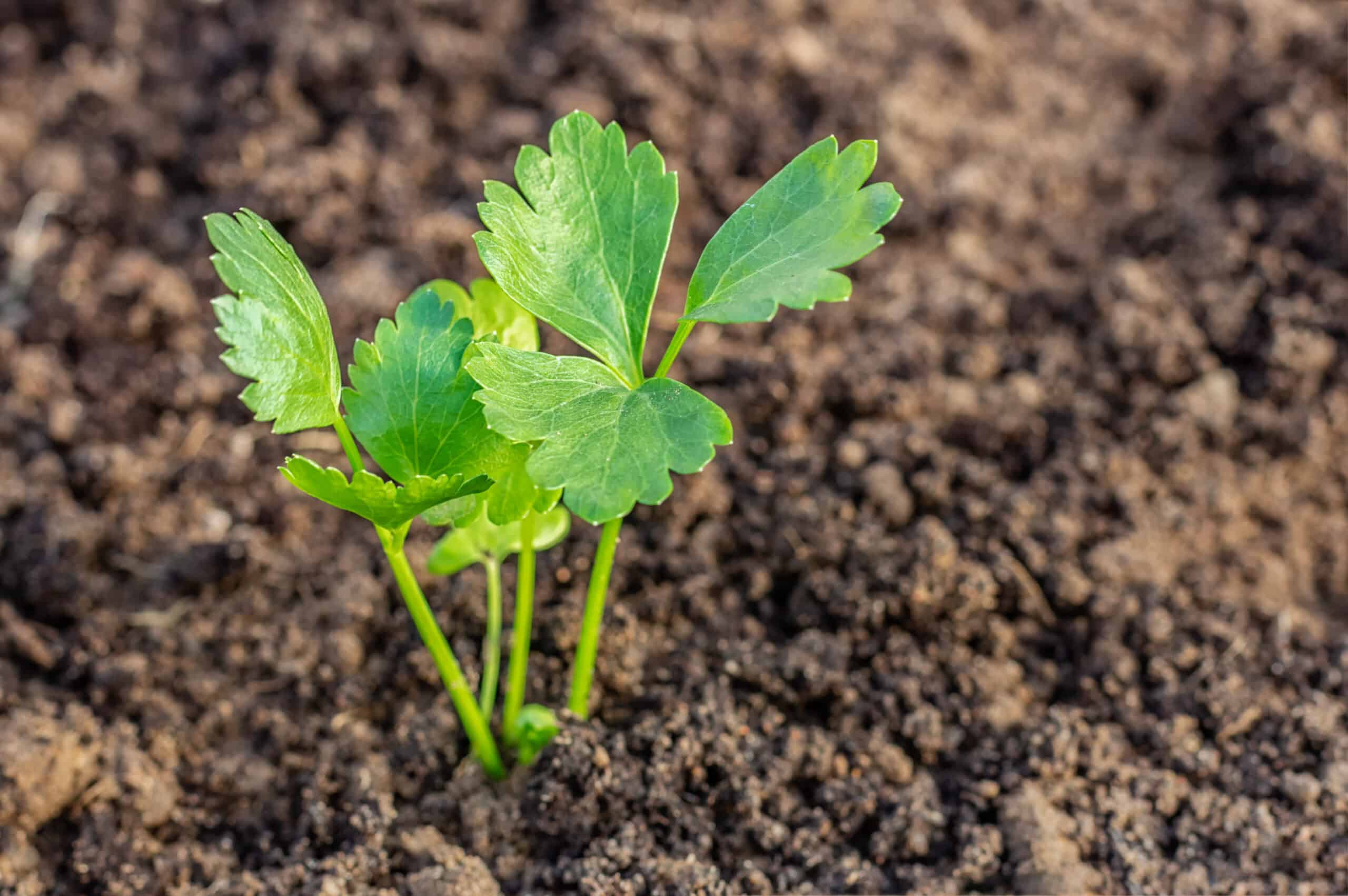
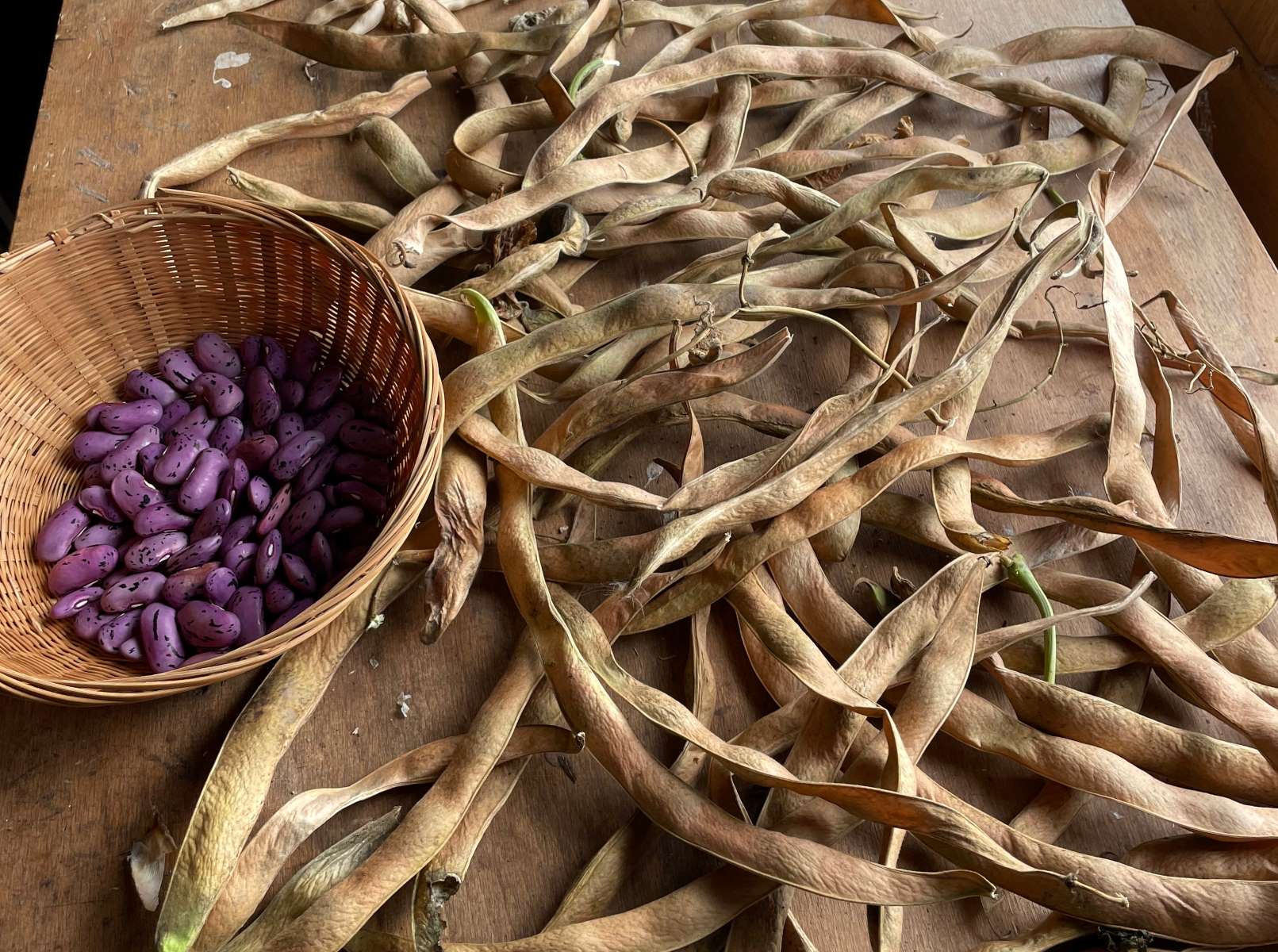
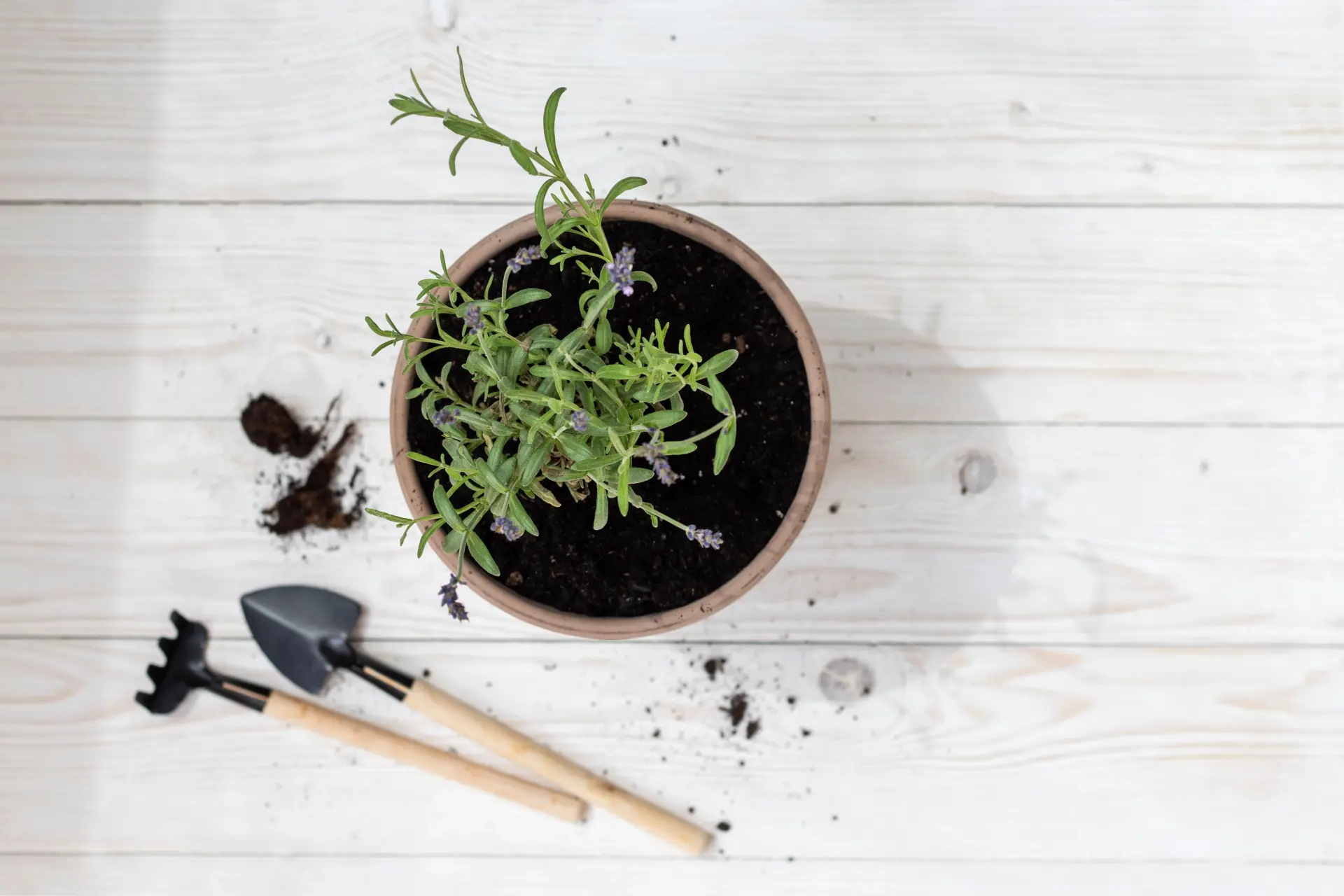
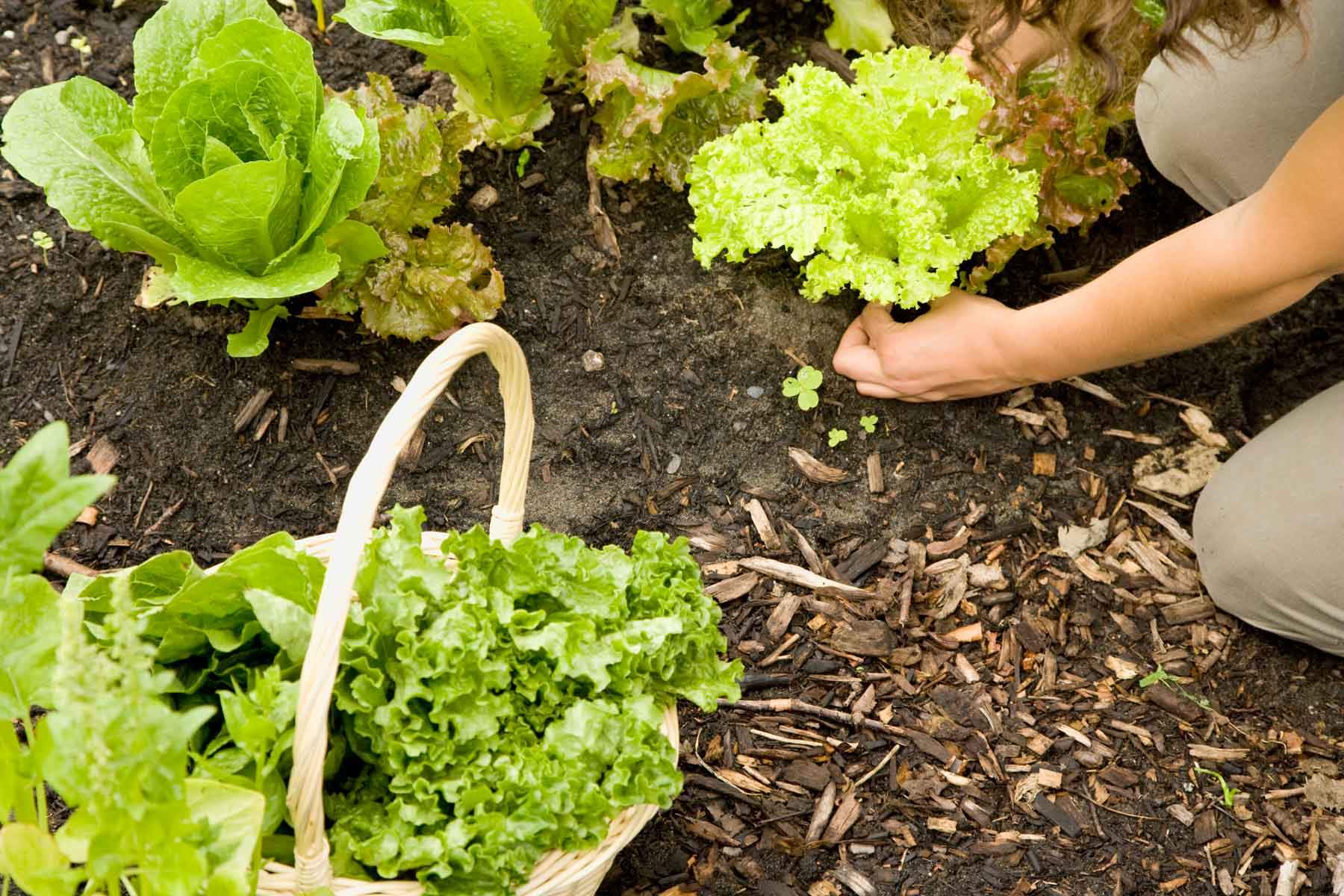
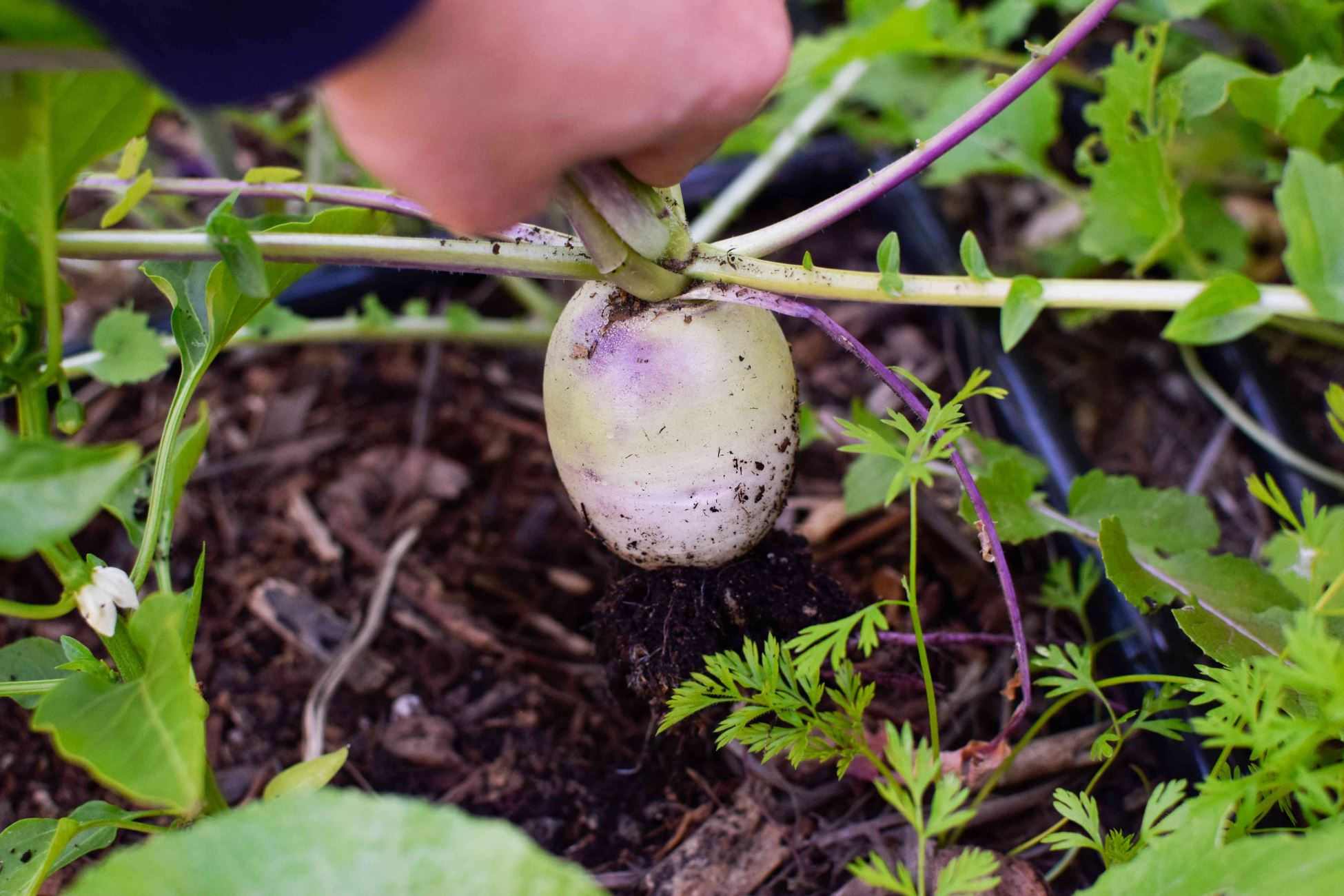
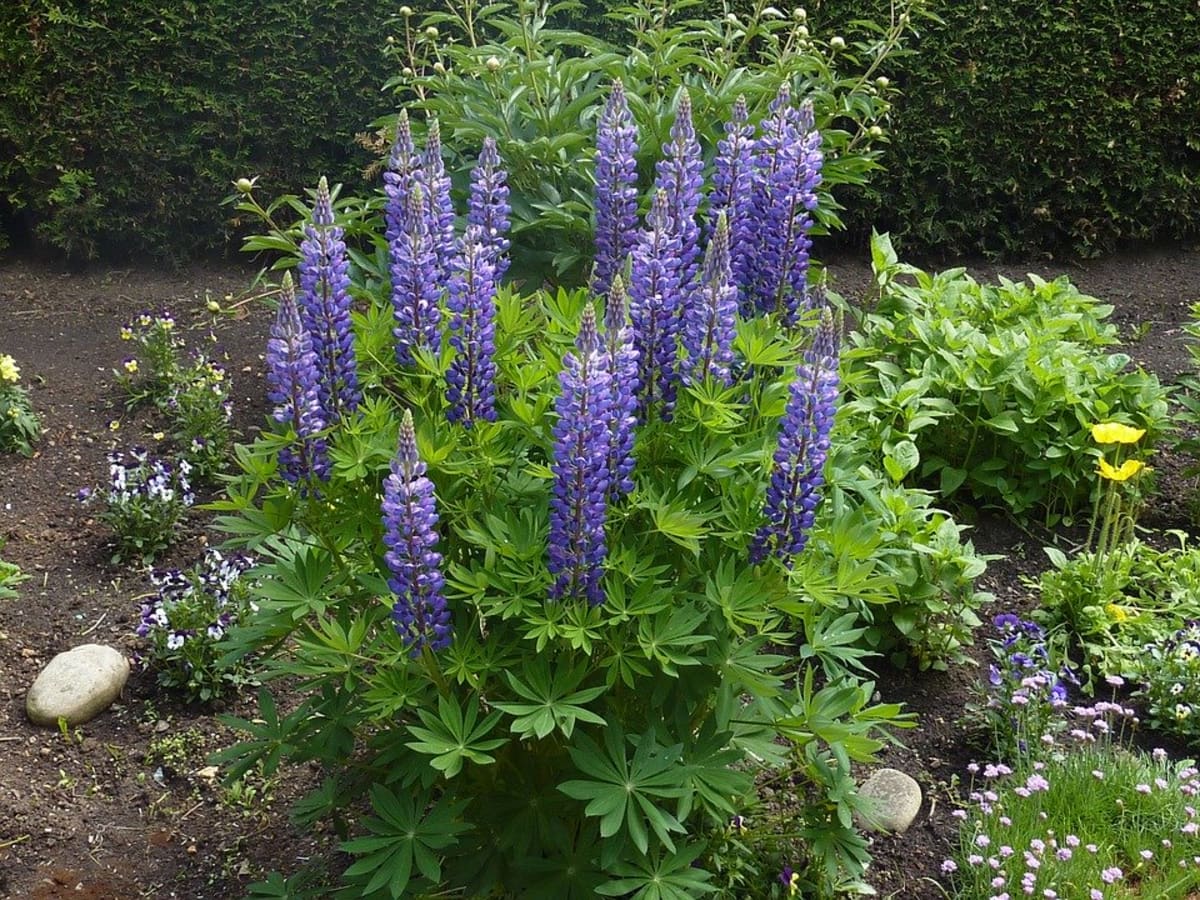
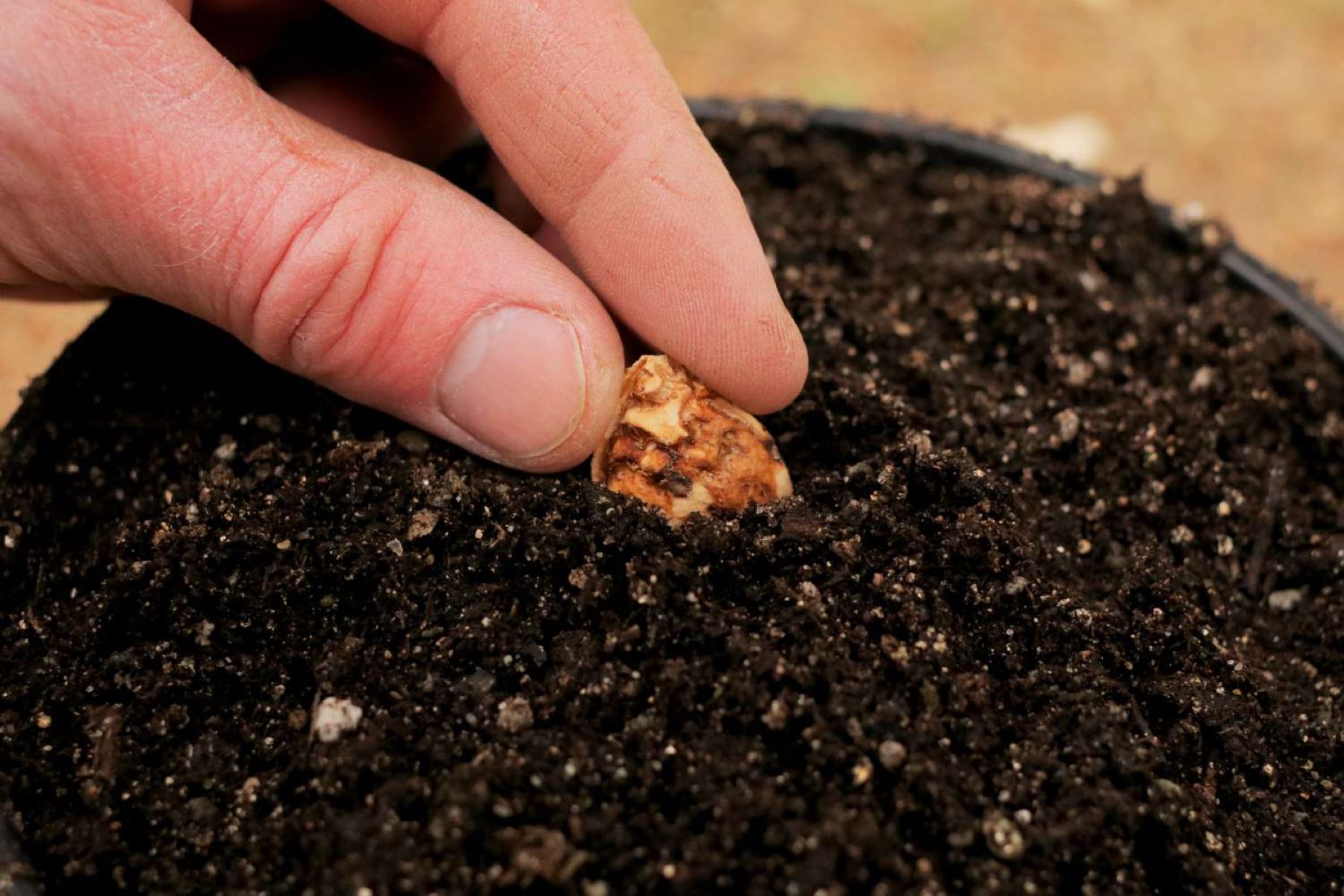
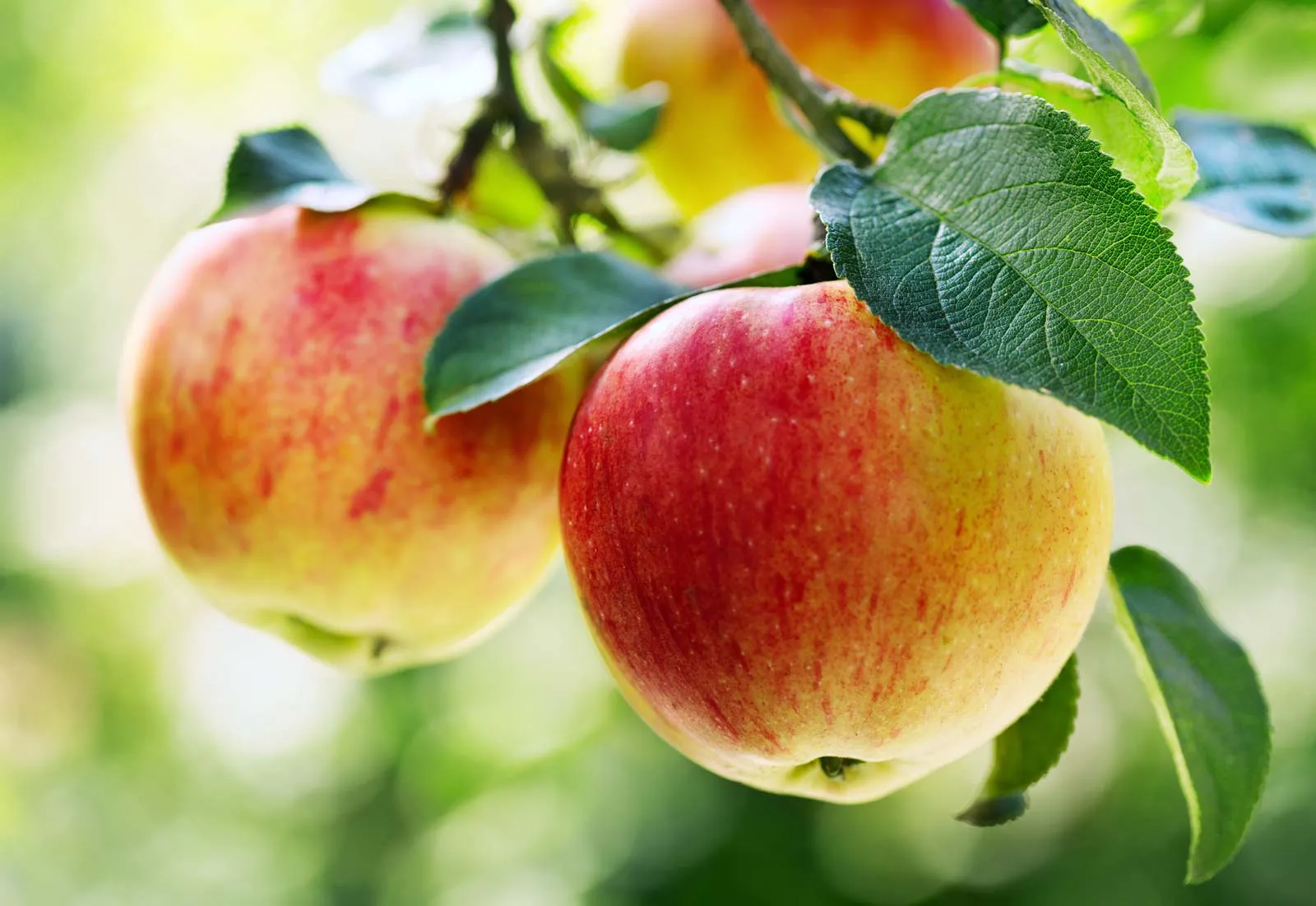
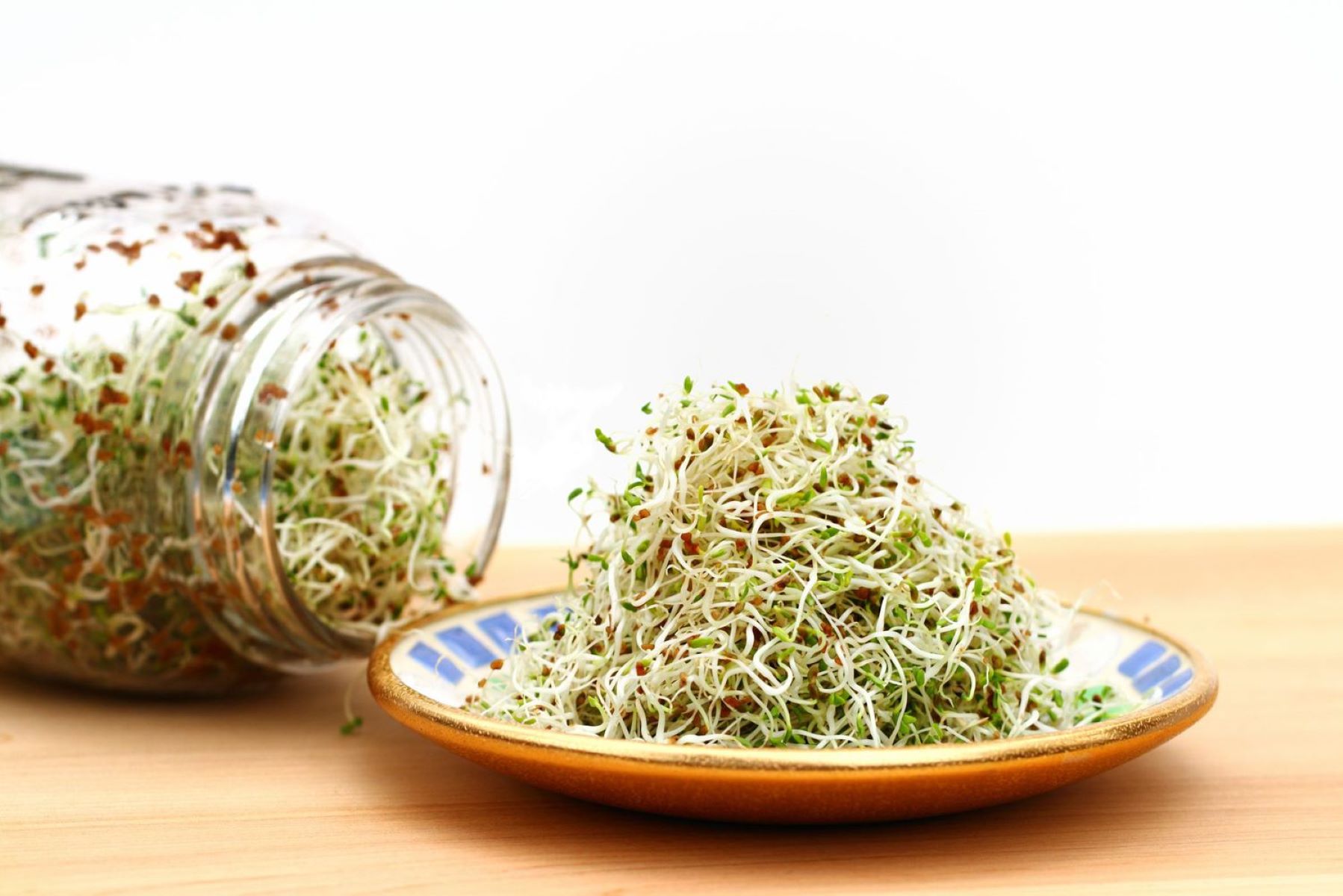
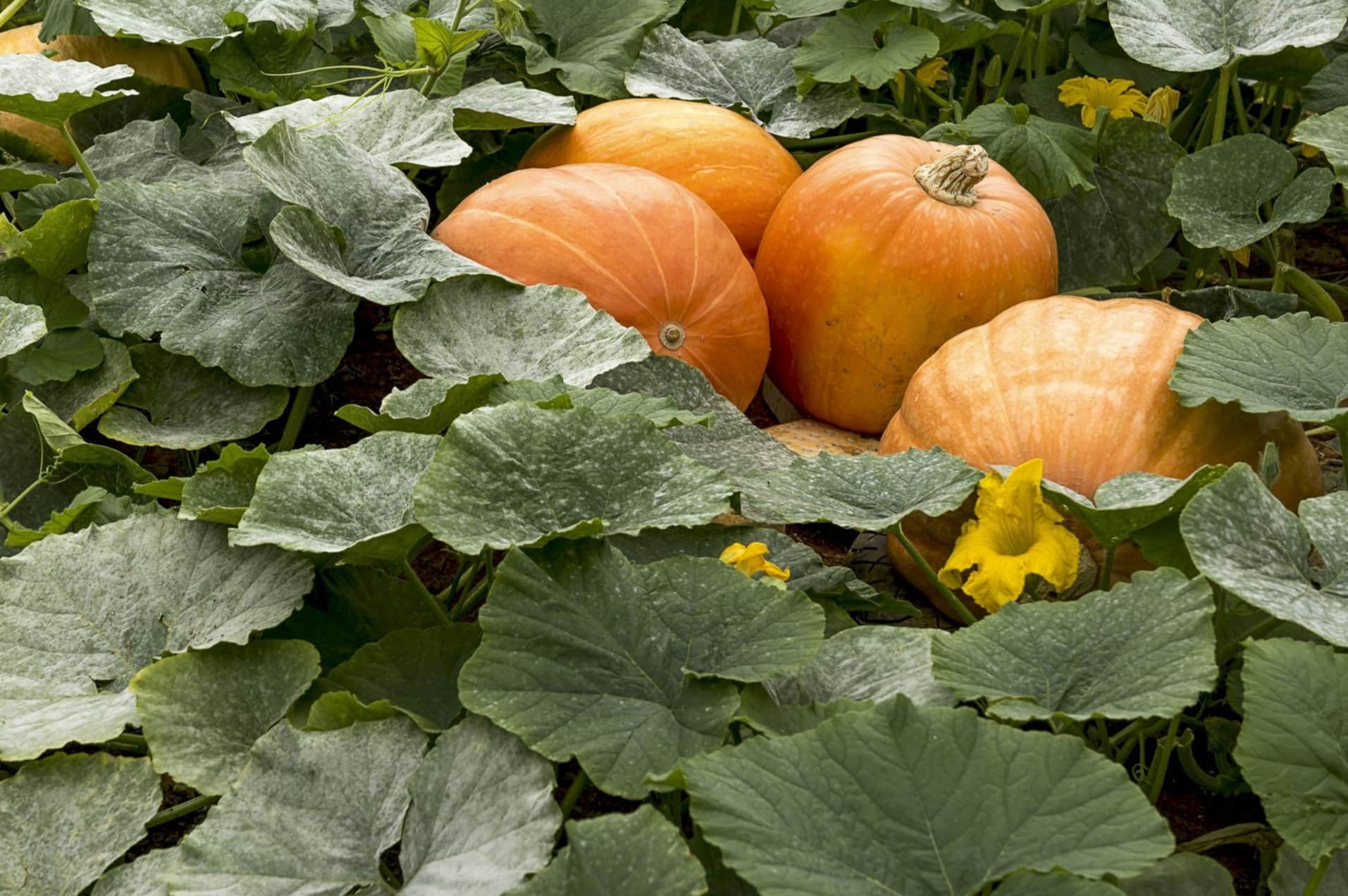

0 thoughts on “How To Plant A Tangerine Seed”